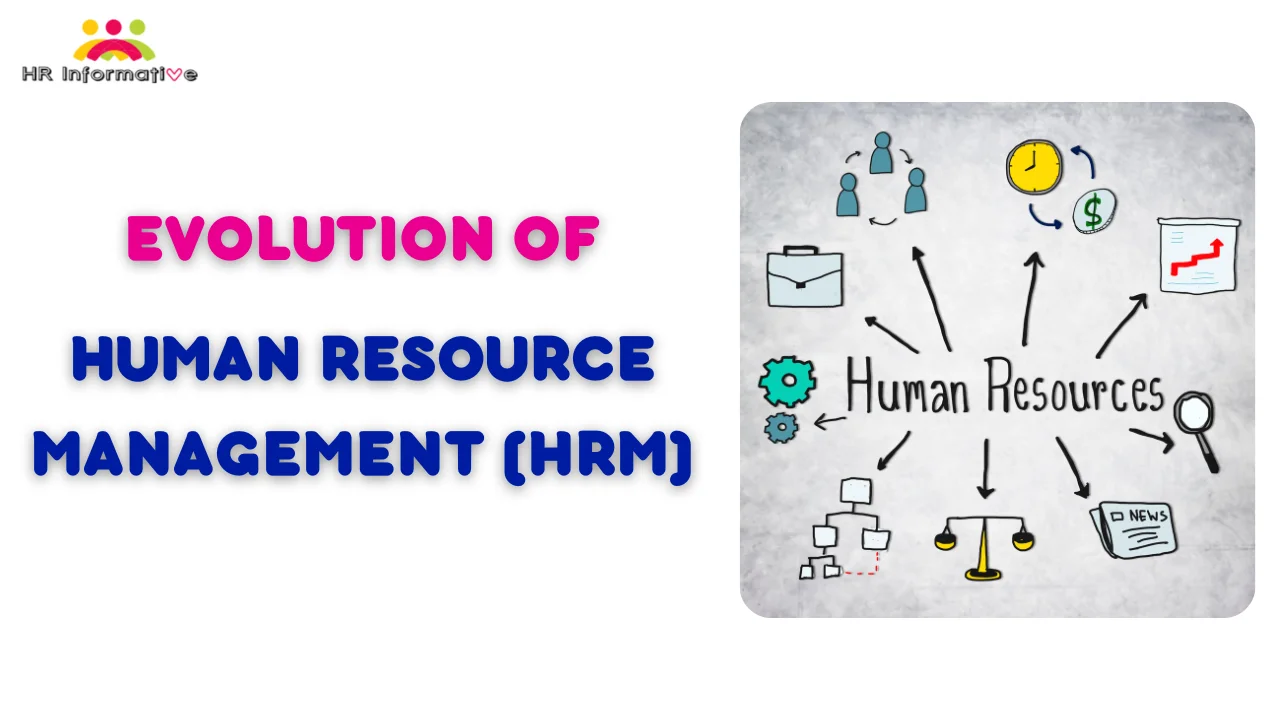Introduction
Human resources (HR) policies and procedures are foundational for effective workforce management, yet employees often find them confusing, unavailable, or inconsistently applied. This lack of transparency around HR policies damages workplace culture and trust in organizations. It also exposes companies to risks when policies are not clearly understood or equitably enforced. To promote fairness, trust, and compliance, HR teams must make concerted efforts to ensure policies are accessible, easy to comprehend, regularly communicated, and open to input. This article explores best practices for boosting transparency of HR policies through centralized documentation, plain language drafting, multi-format accessibility, robust training programs, consistent communications, and receptiveness to feedback. Implementing such recommendations clarifies employee rights and responsibilities while upholding ethical standards for good organizational governance. Ultimately, transparent policies empower both personnel and companies to reach their full potential.
Making HR Policies Transparent and Accessible
Human resources (HR) policies and procedures guide how organizations manage their workforce. These policies cover various aspects of employment such as recruitment, compensation, time-off, performance management, and more.
While HR teams aim to create equitable and legally compliant policies, employees often find them confusing or unavailable. Lack of transparency around HR policies damages workplace culture and employee trust. It also exposes organizations to compliance risks when policies are applied inconsistently.
Organizations can promote transparency and accessibility of HR policies through the following methods:
Centralized Policy Documentation
HR teams should maintain a centralized database of all policies and procedures, stored on the organization’s intranet. This company policy handbook should be easily searchable and available to all employees. It should contain full policy text, not just summaries.
The policy database should have clear categories and metadata so employees can browse by relevant subjects. For example, compensation policies would fall under a distinct category separate from codes of conduct. Automated alerts can notify employees of new or updated policies.
Plain Language Policies
HR teams should use plain, clear, and concise language when drafting policies. This increases comprehension for all personnel, regardless of background or reading levels. Policies full of legal jargon and complex sentences create opacity that opens the door to misinterpretation and inequitable application.
Simple language also aids in translation of policies for global organizations. For improved transparency, HR can involve management and employees in policy review before finalizing procedures.
Accessible Policy Formats
HR departments should offer policies in formats accessible to all personnel. This includes webpages with tags for screen readers to assist visually impaired employees.
For personnel without computer access, printed policy binders can be provided. Translations of policies into diverse languages increases accessibility for non-native speakers. Visual workflow charts, diagrams, and self-guided comprehension aids also promote understanding among diverse learning styles.
Training on Policies
One-time policy acknowledgements upon hiring are insufficient. Organizations should institute regular trainings that actively walk through policies, provide examples of real-world applications, welcome Q&A, and assess employee comprehension. Such programs improve awareness of employee rights and responsibilities.
Interactive online modules, short quizzes, workplace seminars, and roleplaying activities keep personnel alert to policies and consequences of violations. Training completion metrics also help HR measure transparency efforts.
Ongoing Policy Communications
HR teams should not simply publish policies and assume the workforce will read and absorb them independently. Regular communications about policies in company newsletters, intranet articles, emails, and team meetings raises ongoing awareness.
Highlights of policy changes, reminders during relevant scenarios, celebrations of compliance, and accountability checks by managers all reinforce transparency. Tips for navigating policies also aid employee comfort levels in seeking more information.
Openness to Feedback
Transparent policies welcome input from employees instead of handing down authoritarian edicts. HR teams should frequently survey the workforce on their comprehension levels, concerns with policies, implementation issues, and suggestions for improvement.
Constructive revision of unclear, inconsistent, or problematic language based on such feedback fosters trust in the policymaking process. It also holds HR accountable for transparency goals instead of opaque bureaucracy.
Letters of Credit: A Vital Payment Method Facilitating International Trade
Benefits of Having Transparent and Accessible HR Policies
Here are some of the key benefits of having transparent and accessible HR policies:
Improved Employee Trust and Engagement
When employees can easily access and understand HR policies, they are more likely to trust that policies are fair and applied consistently. Greater policy transparency demonstrates that the organization values openness, ethics, and accountability. This boosts employee engagement as personnel feel respected and informed.
Consistent Policy Applications
Accessible policies with clear language reduce misinterpretations by managers and supervisors. When the entire leadership team understands HR guidelines, their application of policies to employees becomes more uniform. Consistency in policy enforcement then reinforces perceptions of fairness.
Reduced Risk and Increased Compliance
Simplified language within accessible policy documentation minimizes confusion among employees. Increased comprehension of workplace rules, rights, and responsibilities in turn decreases inadvertent policy violations. Smoother compliance enables the organization to avoid fines, litigation, and reputational damage related to employment regulations.
Informed Employee Relations
When personnel can easily reference HR policies, they can make better-informed choices and queries about their employment. Employee questions, conflicts, and requests become grounded in factual policy knowledge versus hearsay or assumptions. This allows for more constructive dialogues between management and staff.
Efficient Onboarding and Training
Consolidated online policy repositories allow new hires access to key workplace guidelines from day one. Well-organized policy guides also assist trainer efficiency. Overall, accessible policies equal faster, more thorough onboarding along with shorter training times for existing employees around policy changes.
Enhanced Business Operations
Finally, companies with transparent, comprehendible HR policies experience fewer productivity disruptions related to policy confusion. Conflicts, misinformation, compliance fines, and disengaged employees all introduce inefficiencies. Accessible policies mitigate such issues.
Conclusion
As key guides for organizational governance, HR policies impact every employee. Policy transparency and accessibility promotes comprehension, compliance, consistent applications, informed workplace relations, trustworthy HR teams, and reduced risks. The above methods help organizations meet ethical imperatives for clarifying personnel rules and responsibilities.
FAQs
Q: Why is it important to have transparent HR policies?
Ans: Transparent HR policies build employee trust, ensure consistent policy enforcement, reduce compliance risks, promote constructive dialogues between employees and leadership, streamline onboarding and training, and enhance overall business operations.
Q: Where should our company’s HR policies be stored?
Ans: HR policies should be stored in a centralized intranet database that is searchable and accessible to all employees. This makes it easy for employees to find and reference policies.
Q: Should HR policies be written in complex legal jargon?
Ans: No. HR policies should be written in plain, clear, concise language to allow all employees to easily comprehend them, regardless of background or reading level. Complex language increases opportunities for misinterpretation.
Q: How often should employees receive training on HR policies?
Ans: One-time policy training upon hiring is insufficient. Regular training through online modules, seminars, quiz games, and role playing ensures employees actively engage with evolving policies instead of just passively reading text.
Q: How can management reinforce HR policy awareness?
Ans: Management should regularly reference policies in company communications, provide compliance reminders before relevant scenarios arise, celebrate policy adherence, and incorporate policy accountability checks into performance reviews.
Q: Why should HR request feedback on policies?
Ans: HR should frequently survey employees on policy comprehension, implementation issues, concerns with fairness, and suggestions for improvement. This feedback allows for policy revisions that resolve opaque language, inconsistencies, or problems that reduce transparency.
Q: How do transparent HR policies impact employees?
Ans: Accessible, understandable policies empower employees to make informed workplace decisions, constructively discuss issues with leadership, exercise their rights, meet expectations for responsibilities, and fully trust the organizational governance model.
Q: How do transparent HR policies reduce business risks?
Ans: Well-communicated, comprehensible policies minimize employee confusion that can lead to inadvertent noncompliance. Reduced policy violations protect the company’s finances and reputation in the face of regulatory fines or lawsuits.
You May Like Also :




